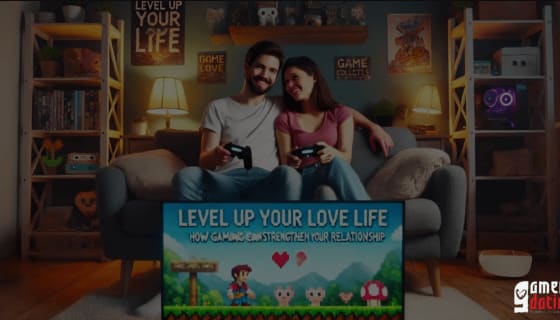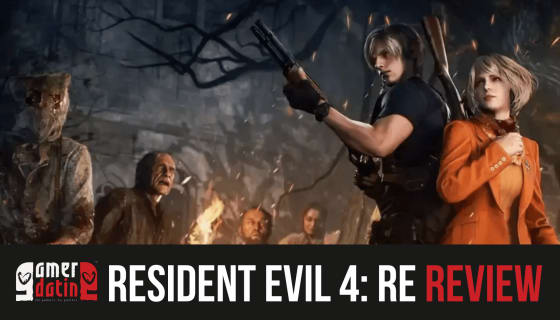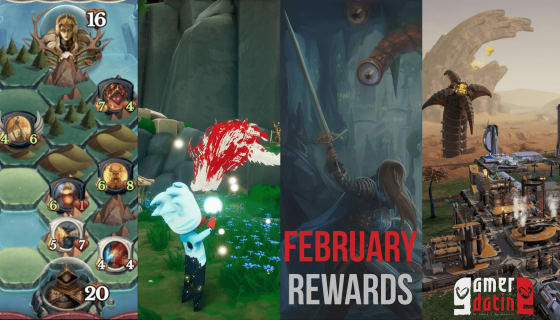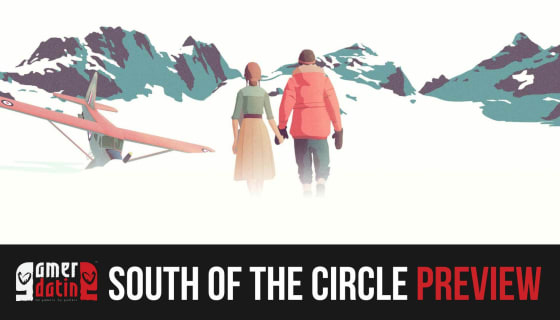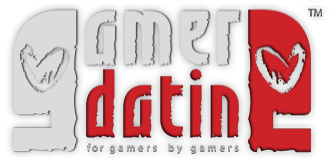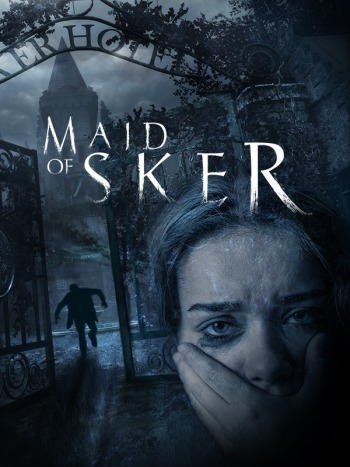A tense dive into Welsh folklore that may have crept into my ‘top games of the year’ list.
It’s quite possible that the Sker Hotel should be up there with the great buildings of gaming and pop-culture. Taking cues from the Spencer Mansion and Mount Massive Asylum, Wales Interactive have crafted a detailed hotel which it is mostly a delight to explore in an effort to slowly reveal its secrets.
Maid of Sker is one of those surprising gems; polished enough to feel AAA but with enough lingering problems that its independent roots are visible. What you get for your £19.99 (at the time of review, with the caveat that physical versions may be more expensive) is a tense game of hide and seek that will probably take less than six hours to beat for most people.
Visually, the game is stunning—if a little dark. Textures are presented at a high resolution and crisp, the hotel interior and exterior are a delight to look upon and wander around (seriously, I cannot remember the last game I played that had 3D-modelled light switches), and there is enough visual consistency that important locations are easily spotted. In fact, my main problem with the graphics was the UI, or rather lack of it.
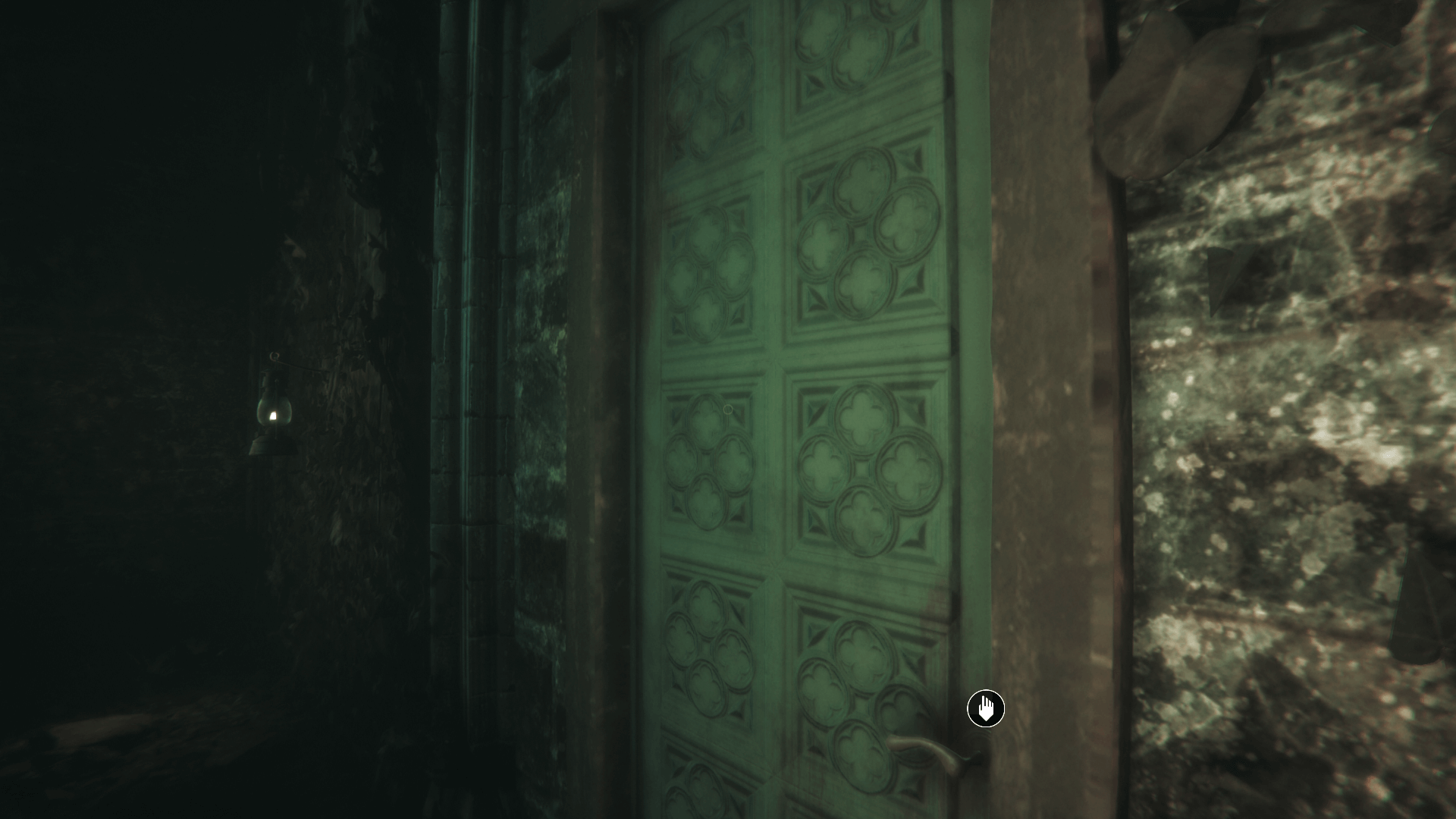
Get used to looking for these doors.
I don’t mind the absence of a health bar (easily checked by opening the menu or by noticing the very vivid red border that appears when low on health á la many other survival horror games) or the slightly confusing medicine count (an icon shows up next to the health bar but you have to check your inventory to see precisely how many you have). No, what I mind is the very small prompt that appears when you are near something you can interact with, and how finicky it can be. I spent a good ten minutes or more wandering aimlessly around a cemetery in the early game because I hadn’t noticed the small white dot that indicated an interactive object.
On the other hand, that dot was sometimes the only thing I COULD see that indicated something was nearby. As I have said, the game can be a little dark and this is definitely something to be aware of if you’re playing on a monitor that struggles with low light levels. I played the first half of the game with the gamma set quite high so I could see what I was doing and, after deciding to get the intended experience by lowering it, muddled through well enough, but it did make things difficult in places.

I swear, there is a collectable here.
Shafts of moonlight do shine beautifully through windows and trees though, and the few rooms/areas that are illuminated look amazing. The developers clearly took their time to make sure that vital clues were well illuminated (unless you’re me and miss them every time you look right at them) and that each objective was subtly signposted through clever usage of light (in the early game, at least).
The sound design is as much a feast for the ears as the visual presentation. The various interactive instruments are wonderfully clear, the ambient music/noise builds a great atmosphere (and points you towards some collectables), the few voice actors in the game deliver their lines well, and the footsteps of both the player character and the roaming NPCs are impactful and reflect both the speed at which the character is moving and the surface they are walking upon. Most importantly though, you can hear the NPCs breathing from a long way away. Remember when I said the game was a tad dark? That’s where this is important. Several times I avoided being found only because I could hear someone nearby, which gave me the opportunity to scour every pixel of my near black monitor to find the barest hint of movement. There may be some slight exaggeration there, but you get my point.

The loading screen can provide helpful tips and gives you ample time to read them.
The sound design is one of the game’s key selling points though, so I would expect it to be good. Not perfect (some sounds were too loud when in close proximity through a wall, for example), but very good. The game touts a unique, sound-based stealth system; this means if you move too quickly or bump into an object, a nearby NPC has a good chance of hearing you. As all of the enemies here are blind (I think) that means this is their only way of detecting you short of physical contact. It also means that you can crouch-walk through the entire game and risk being caught only through misadventure, scripted events, or by finding yourself on the second floor (more on this below). I don’t know if this was a deliberate choice on the developer’s part (nor do I know if it works on Hard) but it makes the game tense (you are still moving extremely slowly through a darkened hotel and surrounded by people who want to murder you) even if the stakes are essentially gone. You may not move faster than the NPCs, but you have enough warning to get out of their scripted path easily enough.
But why are the blind staff of a hotel in Victorian Wales trying to kill you? I won’t spoil anything, but the story is based on a piece of Welsh folklore and reasonably well-paced. Its delivered largely through audio recordings (that also function as save locations) as well as notes you can find scattered throughout the game and is largely cohesive and entertaining. Some parts of it come out of nowhere and provide a refreshing hint at things to come, whilst others may be necessary to helping you make an informed decision at the end of the game. At under six hours, it’s a story that is well-told (if you go looking for it) and doesn’t outstay its welcome.
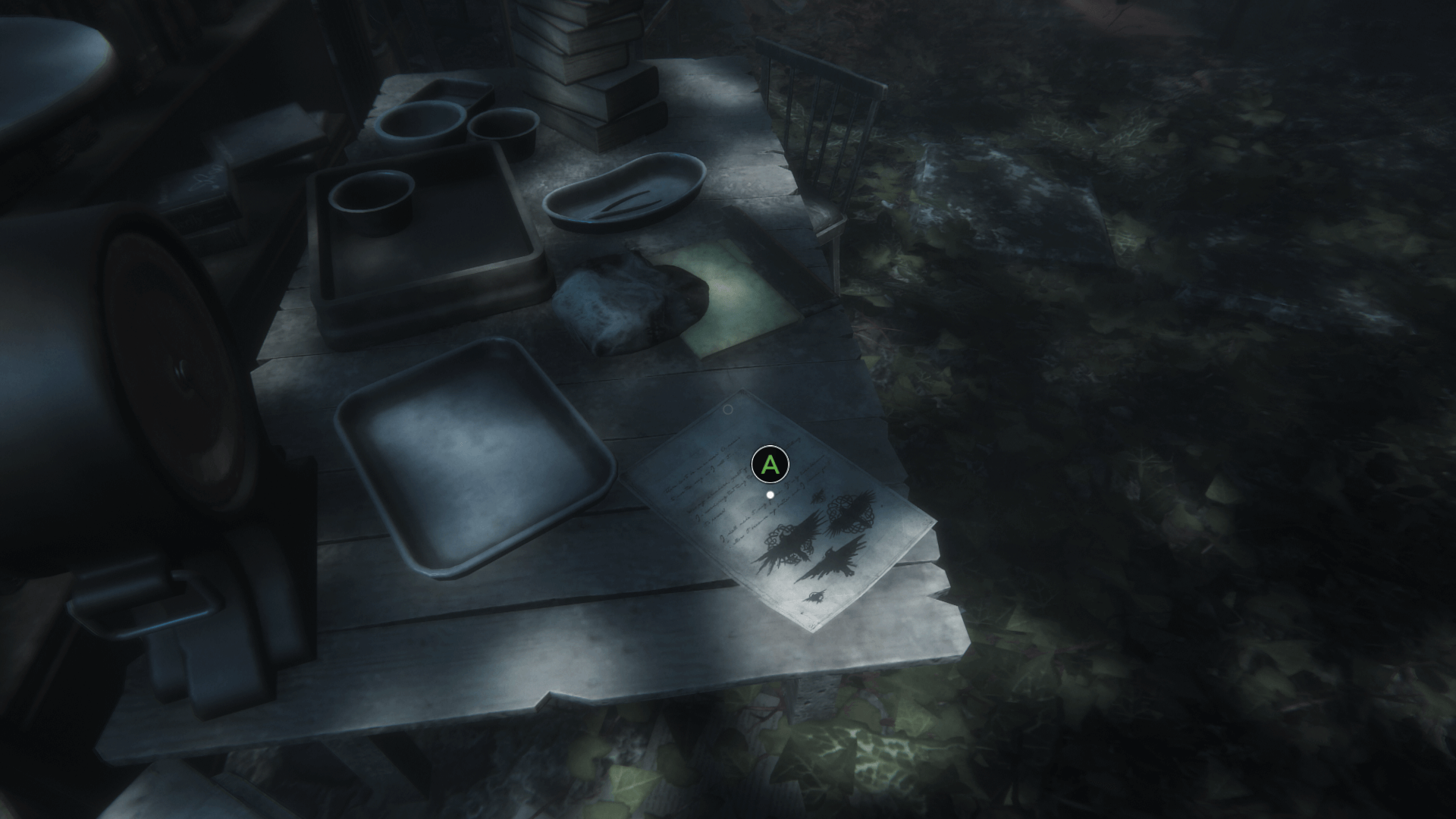
You can read most of the notes in situ, but it’s worth picking them up all the same.
Apart from the sound-based stealth, nothing here is terribly innovative. You’re restricted to the hotel and its grounds for the entire game, the first-person survival horror gameplay relies on the same tricks other games have used in the past (jump scare triggers, mood-altering music etc.) and the map you have access to (by exploring/finding pieces of it scattered around the Sker Hotel) reveals important items nearby whilst also presenting a nice summary of your objectives and the number of plot-related collectables you have.
Unfortunately, despite re-treading many of the same steps as other entries in the genre, Maid of Sker has some of the problems that plague them. The simplest one is the lack of checkpoints. I mentioned that some of the collectables function as save points and those are the only times the game saves your progress. If you die before reaching the next phonograph, that’s it, you’re back to the previous one no matter how many absurdly long loading screens you’ve gone through. I say they’re absurdly long; I know that it’s because the game loads the entire floor and its textures to prevent unnecessary loading (and I didn’t experience any frame rate dips or chunk loading errors on the Xbox One X) but they’re long enough that its noticeable. I also encountered a bug where I crossed a loading zone at low health, died, reset and returned to the loading zone at full health only to find my health had dropped when the game loaded me back in.
My next issue with the game is the player character’s hitbox. I sometimes found myself sliding around objects I wasn’t visually touching as the hitboxes collided and one collectable was rendered unobtainable when my hitbox touched the end of a tripwire (you know, the bit of a tripwire that doesn’t actually trigger the trap) I had carefully walked around and snapped the wire. This is especially irritating as Thomas (the player character) can’t jump so I had no choice but to edge around it.
Who makes a collectable unobtainable?
The game’s largest flaws, however, relates to its sound and stealth. The first is annoying in its inconsistency, but I can see why it works that way; namely the sound-based puzzles. As sound is a recurring theme throughout the story, it makes sense that almost every puzzle is sound based. What makes less sense is that I could ring a bell with an enemy next to me and they wouldn’t react. Again, I can see why it works that way (as a balancing mechanic) but it jerked me out of the game a few times. The largest, most annoying thing though was the NPC behaviour. The moment they detect you, they stop breathing and turn into homing rockets of punching. In the late game, I set off a trap that caused a noise to occur at the end of a corridor to my left several feet away and guess where the blind NPC headed for? If you said Thomas’ face, you’d be correct. I made no sound, I didn’t move, I believe I even utilised the mechanic wherein you can hold Thomas’ breath, and the NPC still headed unerringly towards me. You can, of course, run away from NPCs, but as they don’t appear to breathe when chasing you (and no matter how quiet Thomas’ footfalls are), not being able to hear them makes it rather difficult to know if they’re still behind you or not—especially as they seem to move faster than Thomas.
Even more tedious than this, though is the second floor. After a certain point, the boss on that floor (who I believe to blind, but it is unclear within the lore) automatically knows where you are and heads straight for you, no matter where he is. I tested this by returning to the second floor after beating him and the game provided enough cues for me the moment I took a step in the lift (without leaving it) that I knew he was coming and lo! As if summoned by the very sounds of the violin playing on the soundtrack itself, he appeared. This also worked when leaving a room he could not see, for those of you thinking the lift may have made a sound.
Before blaming the game, always check that you aren’t at fault.
I don’t think this is a game that many people will replay. Sure, it has collectables (most of which serve a purpose in building the games’ lore) and it has multiple endings. But that’s really it. Two of the endings can be seen by reloading the a save and making a different decision at the very end of the game (seriously, that decision triggers the ending cutscene AND it also gives you an option to back out to check for the missing collectables) as long as you fulfil the requirements for the endings. The other ending, I suspect, involves a decision you can make about an hour/hour and a half into the game (maybe a bit more) and results in the game ending much earlier. This is an ‘I suspect’ because whilst I do intend to replay Maid of Sker, its flaws are pre-eminent in my mind right now.
This is the main difficulty I had in writing the review: whilst irritatingly flawed, I still had fun. If you follow any of the embedded links to watch my playthrough (or find it on YouTube) you’ll notice I get increasingly irritated during the first three and a half hours and then really enjoy the second half of the game. This isn’t because the game gets suddenly better (it’s remarkably consistent and should be lauded as such), it’s because my expectations changed.
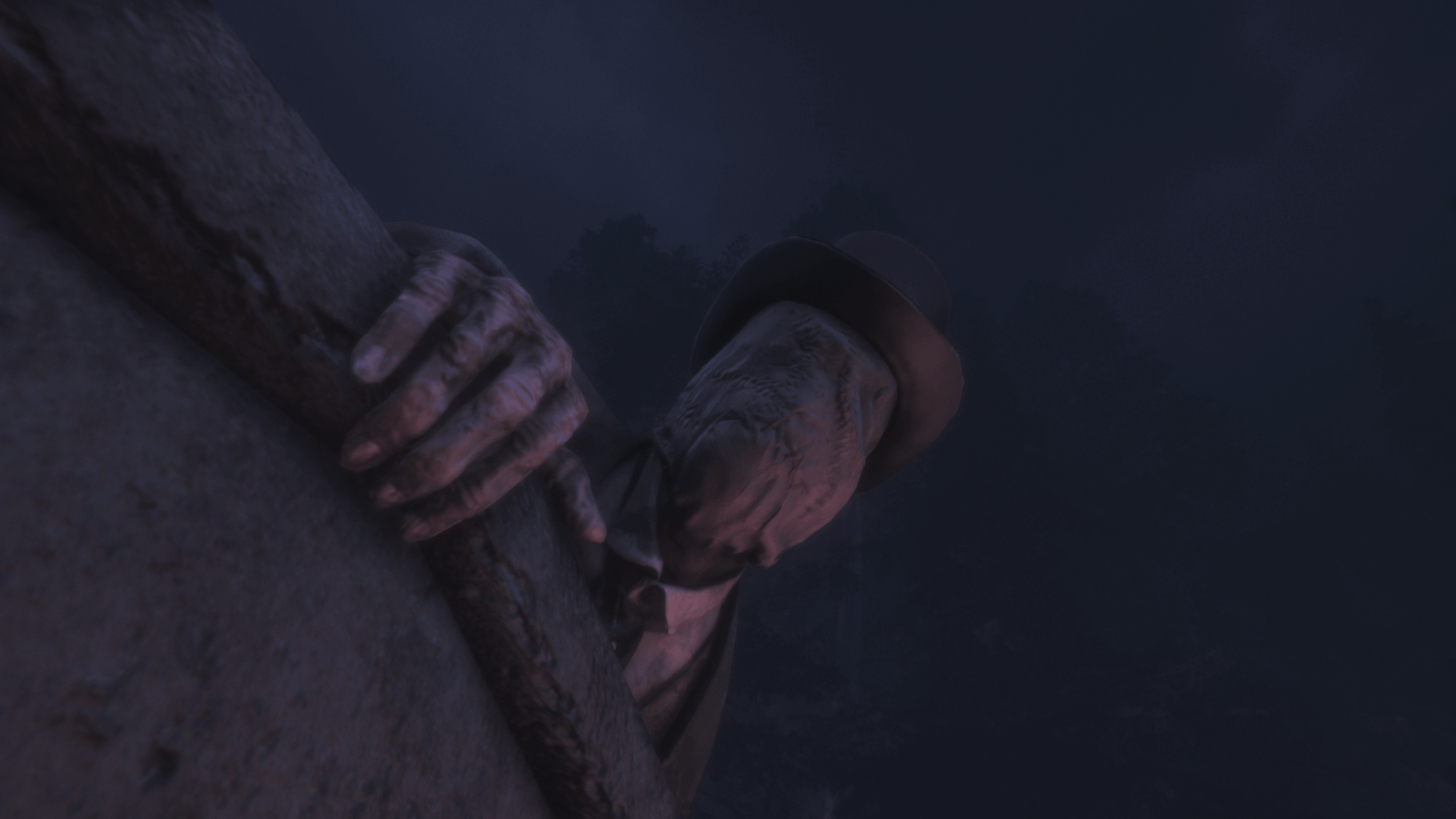
Whilst not as irritating as his brother on the second floor, Isaac is still a threat towards the end of the game.
This isn’t a horror game. At best, I would categorise it as a stealth-based thriller. Once I realised that, and embraced it as such, I found it much more enjoyable. Sure, there are jump scares (only one of which is original and difficult to see coming) but it’s more about piecing together the story whilst finding the McGuffins than any truly horrifying experience (although your experience may differ, of course).
At its price point, I would find it difficult NOT to recommend Maid of Sker for anyone with a passing interest, but be warned; whilst it looks and sounds gorgeous, and tells an interesting story, it is not a fast game. Everything about it promotes a careful, observant style of playing the game. On the one hand, as I hope you’ll have picked up on, this is a reasonably cheap game and it has the flaws of such. On the other hand, I was blown away when I discovered the entire thing had been made in Unity due to is polish and presentation.
Slight spoiler here, but darn it if that isn’t the cutest animation.
However, the most important thing is that, in amongst all the madness, irritating gameplay mechanics, beautiful environment design, crisp sound and light puzzle elements, there is a dog that you can pet. If that doesn’t make it worth your time, I don’t know what will.

